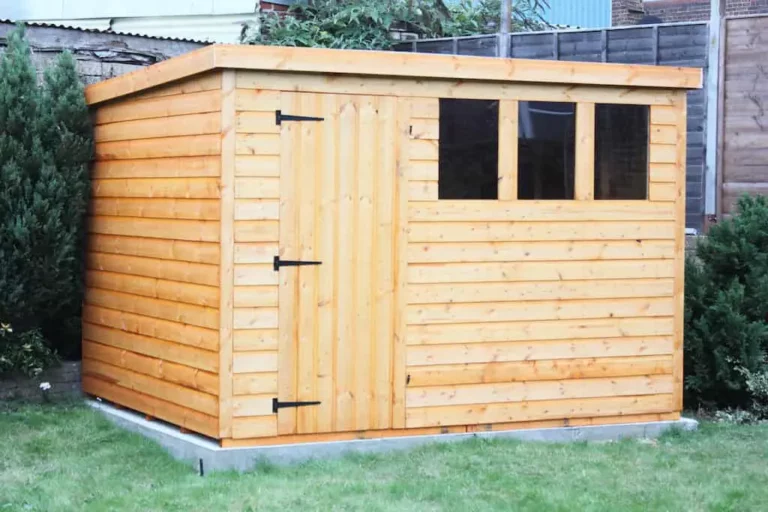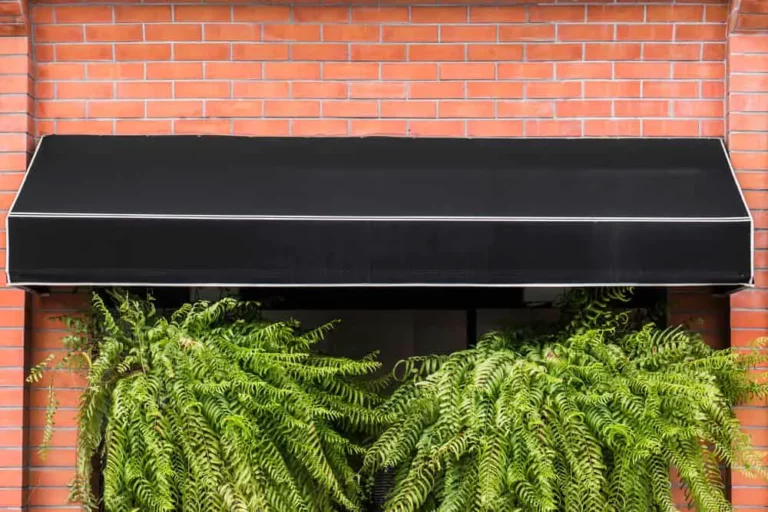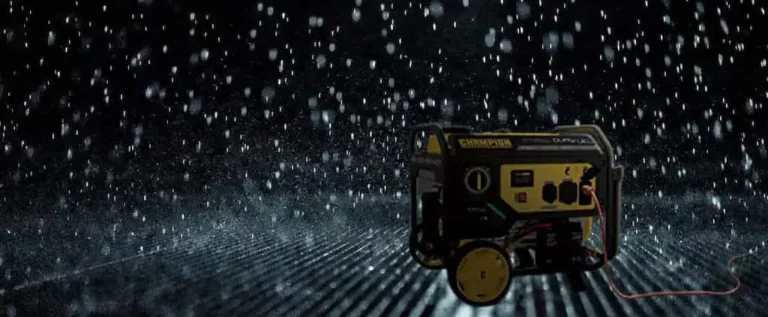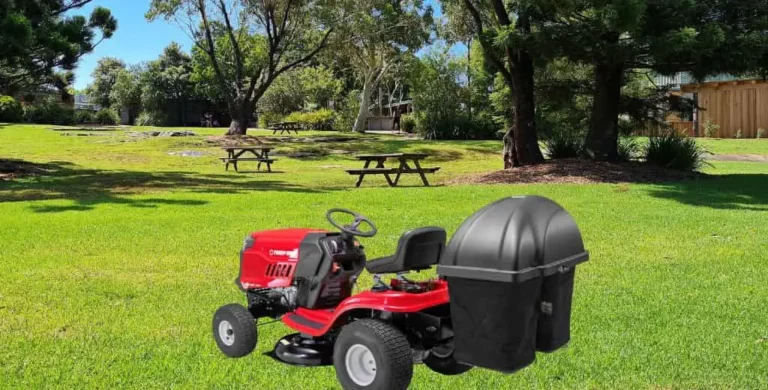Generator Blowing White Smoke? Here’s What To Do
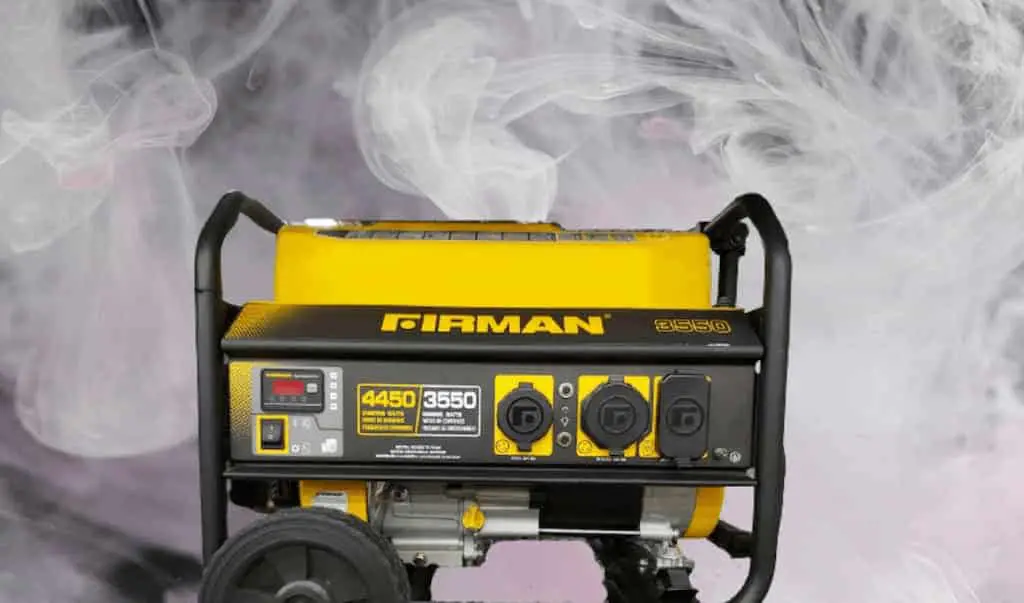
White smoke coming from your generator can sometimes be alarming. But the emission might not even be that serious and has quick and easy fixes. Sometimes, it might not even be a problem at all, but what should you do if your generator is blowing white smoke?
If your generator is blowing white smoke, the most likely culprit is oil in the combustion chamber. You’ll need to turn on your generator and let it idle to get rid of the smoke. If that doesn’t do it, you may need to replace the faulty components. White smoke is normal in older generators.
How do you know which components to replace? You’ll need to find out why your generator is spewing out smoke in the first place. Check out how to diagnose your generator and how to fix problems when it emits white smoke.
When White Smoke Is Not a Problem
Most of the time, you might notice white smoke coming out of your generator’s exhaust when you’ve just started it. This emission is normal, especially with older generators. The white smoke is because of low temperatures. You’ll see the white smoke disappear as your engine warms up to operating temperature.
Mechanically governed generators — those with a pump line nozzle engine — or older units might emit white smoke that takes longer to clear than emissions from generators with electronically controlled power units.
What Causes a Generator To Smoke?
Aside from the cold temperatures when you start it up, white smoke is sometimes an indicator of oil within the combustion chamber. In other words, you might have put in too much oil.
It’s fairly easy to pour in too much oil into your generator. Because of how it’s designed, you’ll sometimes find it difficult to pour oil into the tank. That’s why some people tilt their generators forward to fill them up.
The problem is, when you put it back to its upright position, you don’t realize that there’s just too much oil, and this can get into the combustion chamber.
What happens is that the oil in the combustion chamber goes to the top of the piston. When the intake gets air and gas, the spark plug will fire. This whole process will burn the oil up, and that, in turn, results in white smoke.
If you looking for a new generator, check out the best generator on Amazon.com
Watch this Home Battery Bank video to get a better idea of why and how oil can get into the combustion chamber:
What To Do If You Have Too Much Oil in Your Generator
Having too much oil in your generator doesn’t only give you white smoke. It might also choke the engine and may cause permanent engine damage. So what do you do to fix this situation?
It’s pretty simple; you just take out any excess oil and let your generator idle until the white smoke is gone. For the most part, the right oil level should be at the threads where the dipstick goes in.
However, getting the excess oil might be problematic, and it can become messy. You need a product like the Briggs & Stratton 5431K Oil Extractor Pump to make this process easier.
You don’t have to fret about tilting your generator or getting oil splashed all over the area. With an oil extractor pump, you can start by turning your generator on to get to operating temperature. Then stop the engine and clean around the drain plug and oil fill area to minimize the possibility of letting debris and dirt get into the crankcase.
Remove the dipstick and set it aside. You then need to insert the hose of the pump until it reaches the bottom of the sump. Once the hose is in place, start pumping.
Read my article about Do Portable Generators Burn Oil?
Other Reasons Why Oil Gets Into the Combustion Chamber
Damaged piston rings or a misaligned cylinder wall can let the oil in. The engine’s piston has three rounds that keep oil from entering the combustion area from the crankcase and prevent the combustion gases from going into the crankcase.
If the piston rings are damaged or broken, they won’t do an excellent job keeping things separate.
To avoid having a broken cylindrical wall or ring, you might want to lessen the carbon buildup that can ding the piston. As bits and pieces of this carbon buildup dislodge, the piston will continue revolving, and that can result in a cut in the piston rings.
When this happens, the oil can quickly enter the combustion area.
Blown Head Gasket
Another reason for having oil in your combustion area is a blown head gasket. A head gasket delivers oil to the valves to keep them lubricated. A broken head gasket will result in the piston sucking in the oil into the combustion chamber.
The white smoke will make its way to the crankcase. If you want to make sure that it’s a broken head gasket, you can open the oil tank and remove the dipstick. If there’s white exhaust coming out of this area, then you’re sure it’s a broken head gasket.
This YouTube clip shows you how to change a blown head gasket:
Damaged Crankcase Breather
A crankcase breather eliminates unwanted gases from the engine’s crankcase. Engines often have small gaps that let the combustion gases from the piston rings into the crankcase. The crankcase breather helps to release the pressure because of the added air.
There are two main reasons why the crankshaft breather leaks oil. The first is a faulty reed valve that results in the breather not closing and oil leaking out. Another reason is using a dirty or substandard filter that doesn’t catch all the oil.
This video will tell you more about how the crankshaft breather works and how oil can leak through it:
To check if it’s a clogged crankcase, inspect the breather if it’s plugged. You can also remove the cover while your generator is running. If the white smoke clears while the cover is off, then it’s time to replace the crankcase breather.
Fuel in the Oil
If your generator backfires, emits white smoke, and sometimes dies after starting, then it might be because the oil has reached the carburetor and may be blocking the gas feed jet. Sometimes, all you need to do is to start and run the generator to solve the problem.
However, if your generator doesn’t stay running long enough, either change the carburetor or clean it.
This video shows you the problem and how to replace the carburetor:
In case you out of power read my this article Can A Generator Run A Gas Furnace?
Cleaning the Carburetor
When it comes to cleaning your carburetor, the first thing you need to do is shut the fuel valve and find and remove the fuel drain bolt. Depending on your generator model, this bolt might look different, but you’ll usually find it at the bottom of your generator.
Here’s how to clean a carburetor:
- When the fuel is already drained, clean the outside of your carburetor with compressed air or carburetor cleaner. Ensure that the grime, debris, and dirt are adequately cleaned.
- Remove the float bowl, which is the bottom part of the carburetor. This step is an easy one, as you only remove the bolt that keeps the float bowl in place.
- Use carburetor cleaner or compressed air to clean the float bowl. Be sure to scrape off any sediment that has formed inside.
- Find the float pin and slide the float off to clean the float needle seat and the rubber tip.
- Remove the main jet — which is usually at the center post — with a flathead screwdriver. Use a thin wire to clean each hole of the main jet. Thoroughly clean the main jet so that it doesn’t have any debris inside.
- Find the hole that goes from the choke side to the pilot jet. Spray this hole with a carburetor cleaner. Remove the black Phillips screw or capture plate that keeps the pilot jet in place.
- Clean the pilot jet by poking it with thin wire, then following it up with compressed air and carburetor cleaner.
- Clean out the hole where the pilot jet was and reassemble the carburetor.
This video can guide you as you clean the carburetor:
If your generator gets wet read this article What Do You Do If Your Generator Gets Wet? and if you are looking for a more powerful generator for the whole house here is some information on Generac How Long Can A Generac Whole House Generator Run Continuously?
Conclusion
Most of the time, white smoke comes out of your generator because of oil getting into the combustion area or some parts needing replacing. It’s an easy fix that can help you avoid more expensive problems that can develop.

